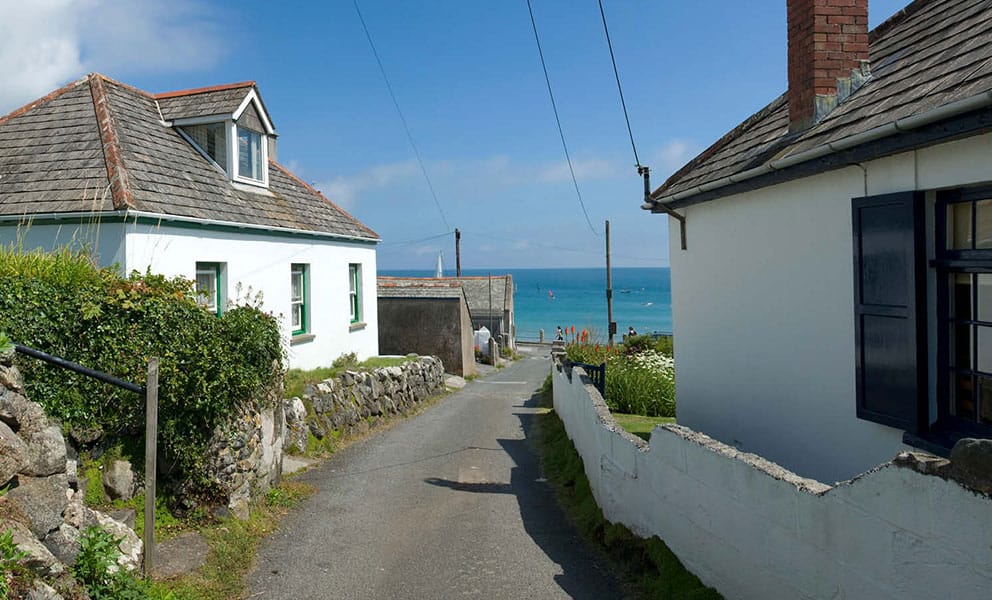
Read on as we explore why coastal areas call for the best exterior masonry paint and whether any are up to the task.
When most people think of the coast, they picture sunny beaches, calm seas and probably the odd ice cream cone too. But for the majority of the year, coastal areas have the same unpredictable weather as the rest of the UK. Think rain, wind and a few days of sub-zero temperatures.
But that’s not all. Coastal areas are, by definition, close to the sea. That puts them in prime position for the salty spray that rises from the sea. Sea spray is formed when bubbles burst as the sea meets the air. As well as frothing on the surface, it can travel up to 25km (or 15 miles).
Made up of salts and organic matter, sea spray is a nightmare for building materials, including those on your walls. That’s exactly why UK coastal homes need the best exterior masonry paint.
If you’re asking what the best masonry paint is for UK coastal homes, the answer probably isn’t going to surprise you. Leading brands like Sandtex, Leyland and Johnstone’s all stake their claim as the best exterior masonry paint thanks to a reputation for longevity, quality and ease of application.
Here’s the problem though. Even the best masonry paint will fail to stand up to the salty sea spray in coastal areas. Salt is naturally corrosive, so it will eat through your masonry paint over time. The result is peeling and cracking, which in turn leads to a shabby look and a lack of protection for your walls.
If you’re looking for masonry paint to refresh your walls and add protection, the best option is actually to broaden your search. There is a choice of more substantial wall coverings which provide the same attractive colours with a lot more protection from the sea spray.
Traditional render is one option, which adds a cement-based layer to the outside of your walls. It’s available in a choice of colours, although it is also quite susceptible to salt corrosion. For maximum protection, you’ll want a specialist wall coating like SprayCork which has no reaction to salt.
If your walls have been affected by salt from sea spray, an Approved Applicator can remove salt using a jet wash before an anti-sulphate treatment is applied. The walls will then be coated with SprayCork with a choice of almost 30 colours.
The sprayed cork coating comes with a guarantee of 25 years, so you don’t have to worry about repairing or replacing it like you would with the best masonry paint. Even better, it provides impressive thermal insulation and noise reduction to your walls thanks to the natural properties of cork.
If you’d like to find out more about SprayCork and how it compares to the best exterior masonry paint, our team are just a phone call away. Contact us today for more information or to arrange a quote.
"*" indicates required fields